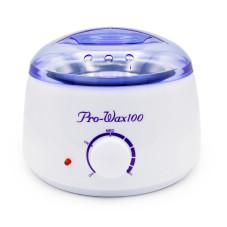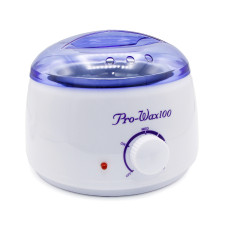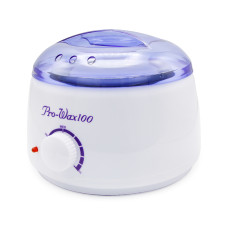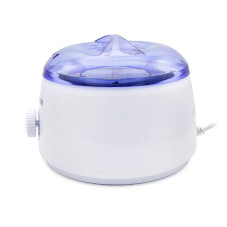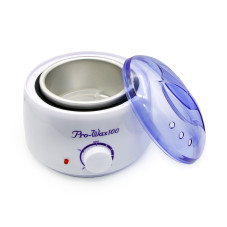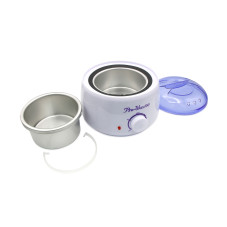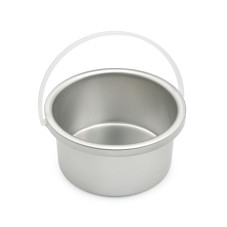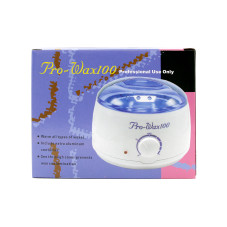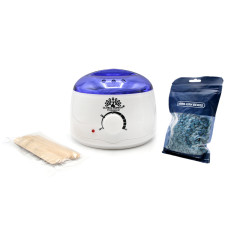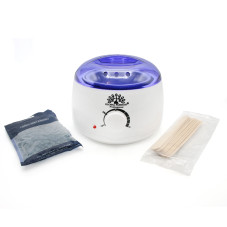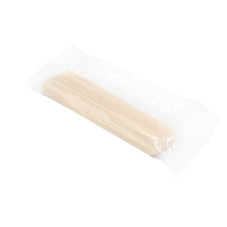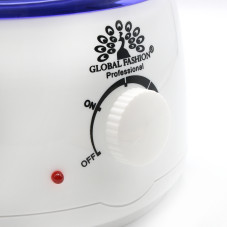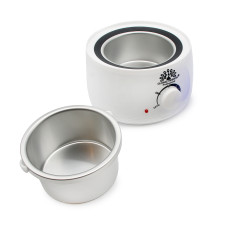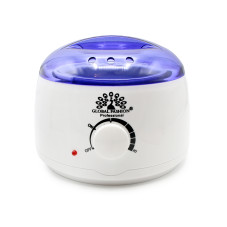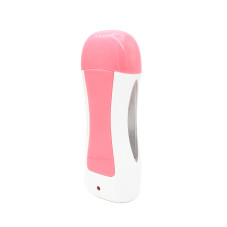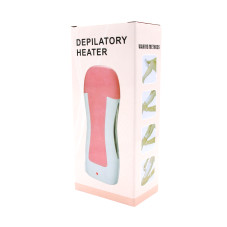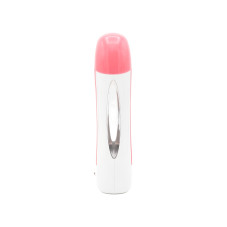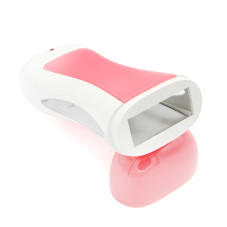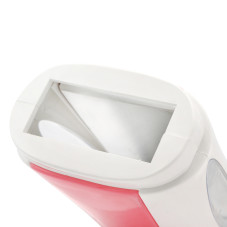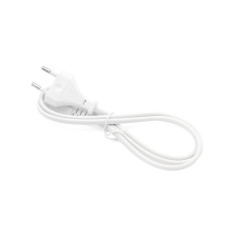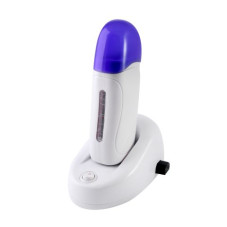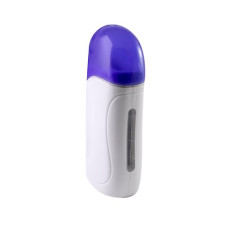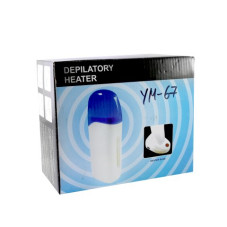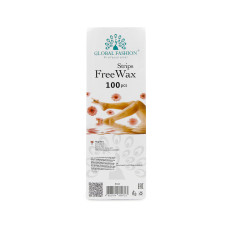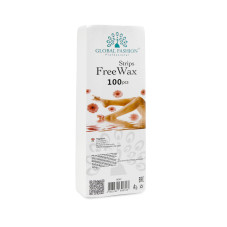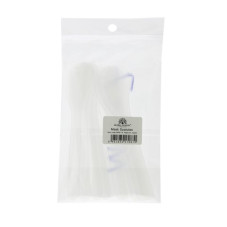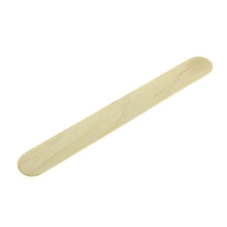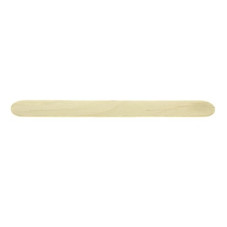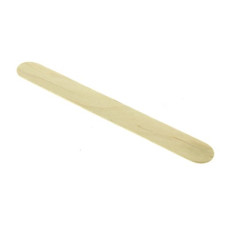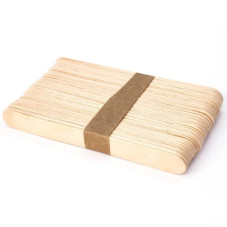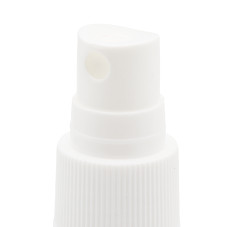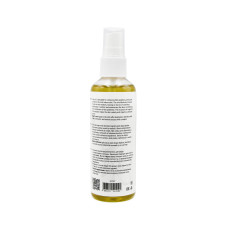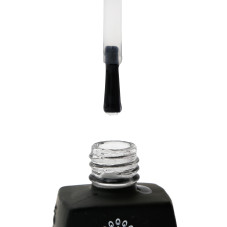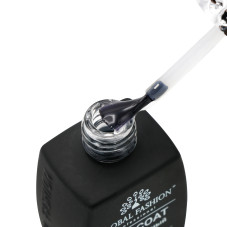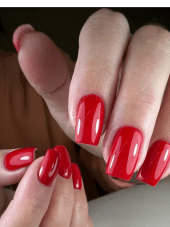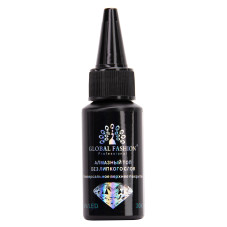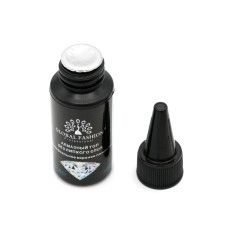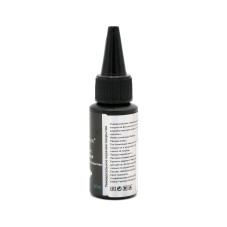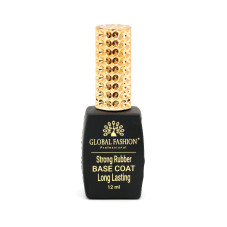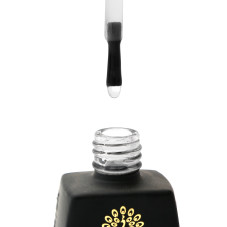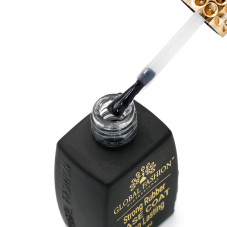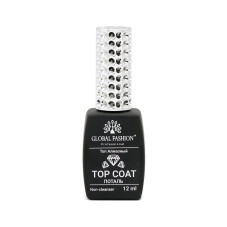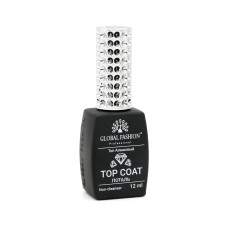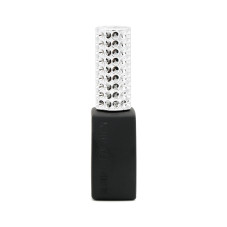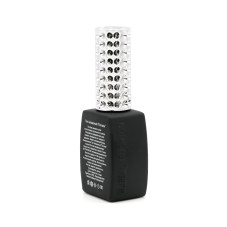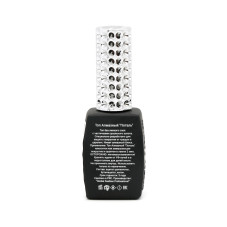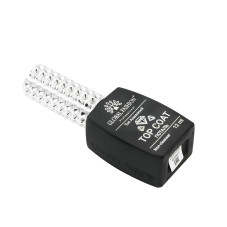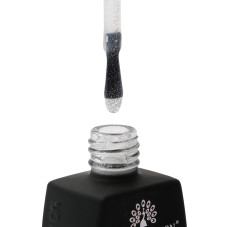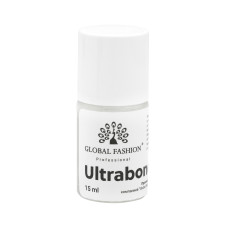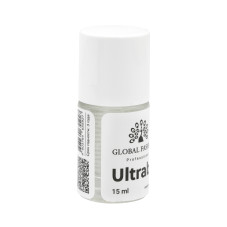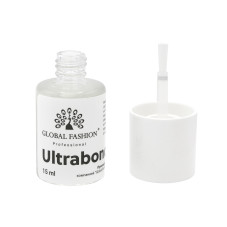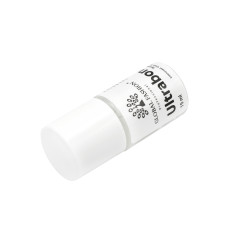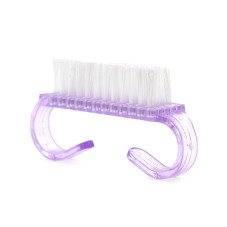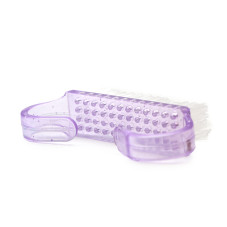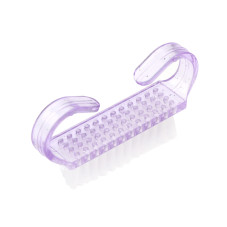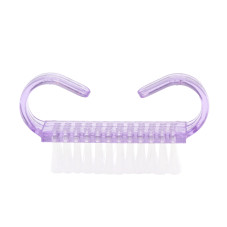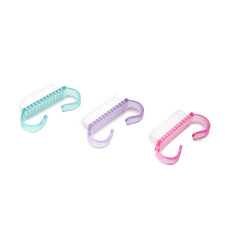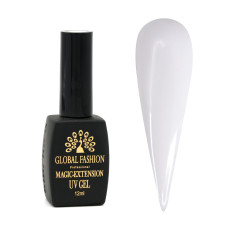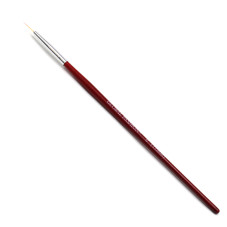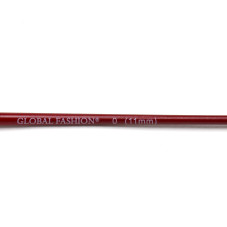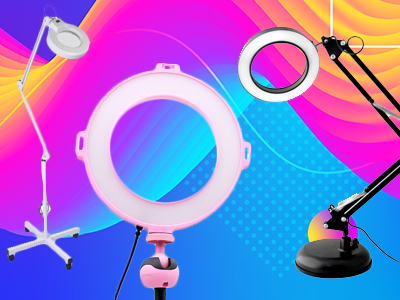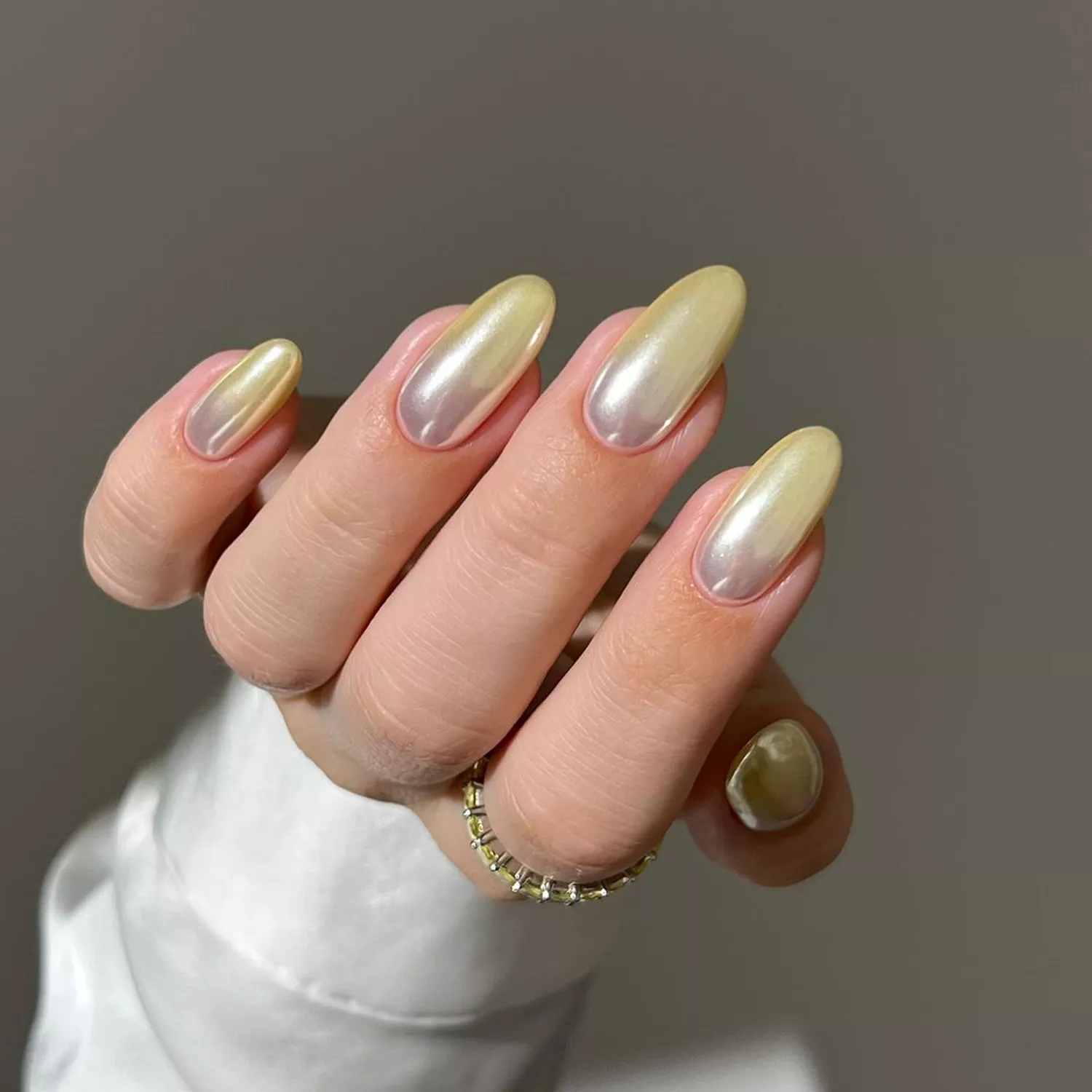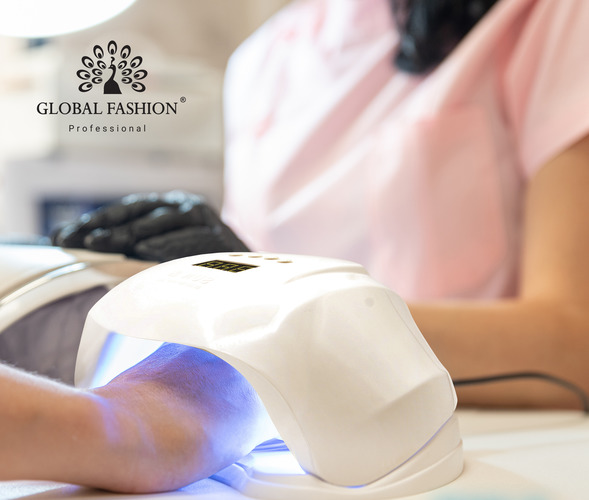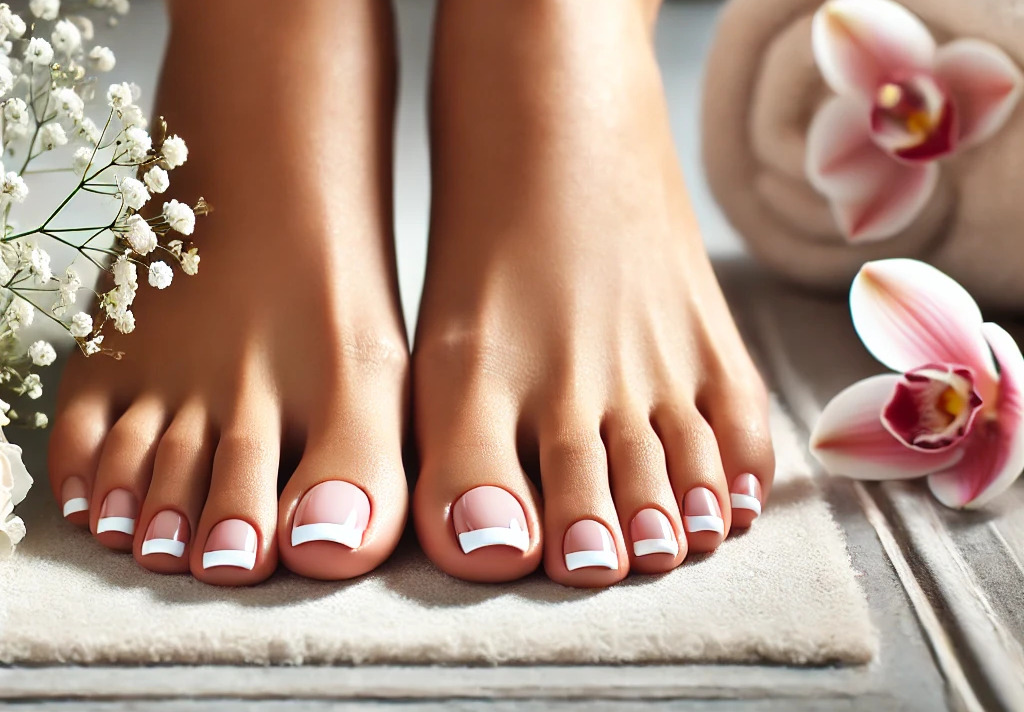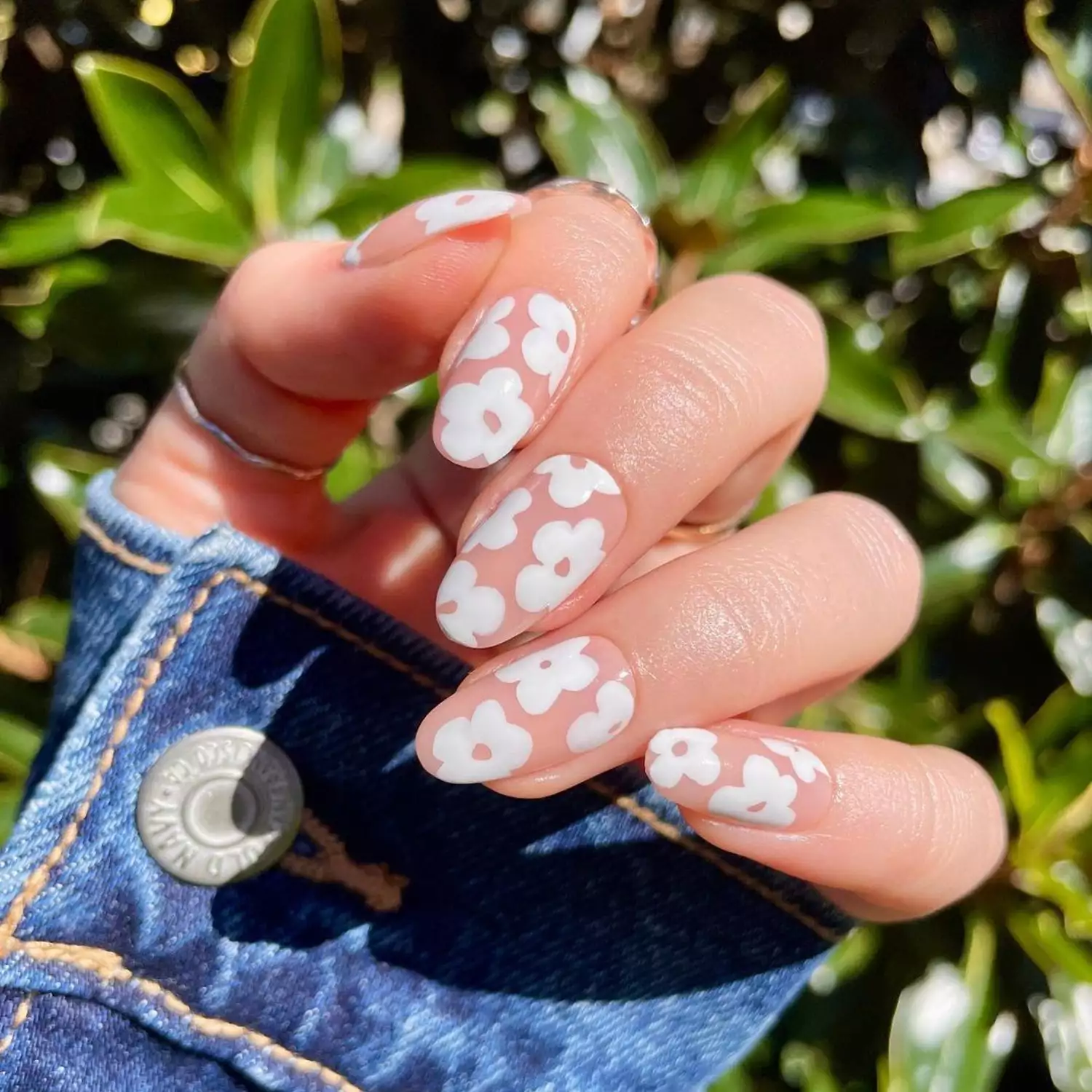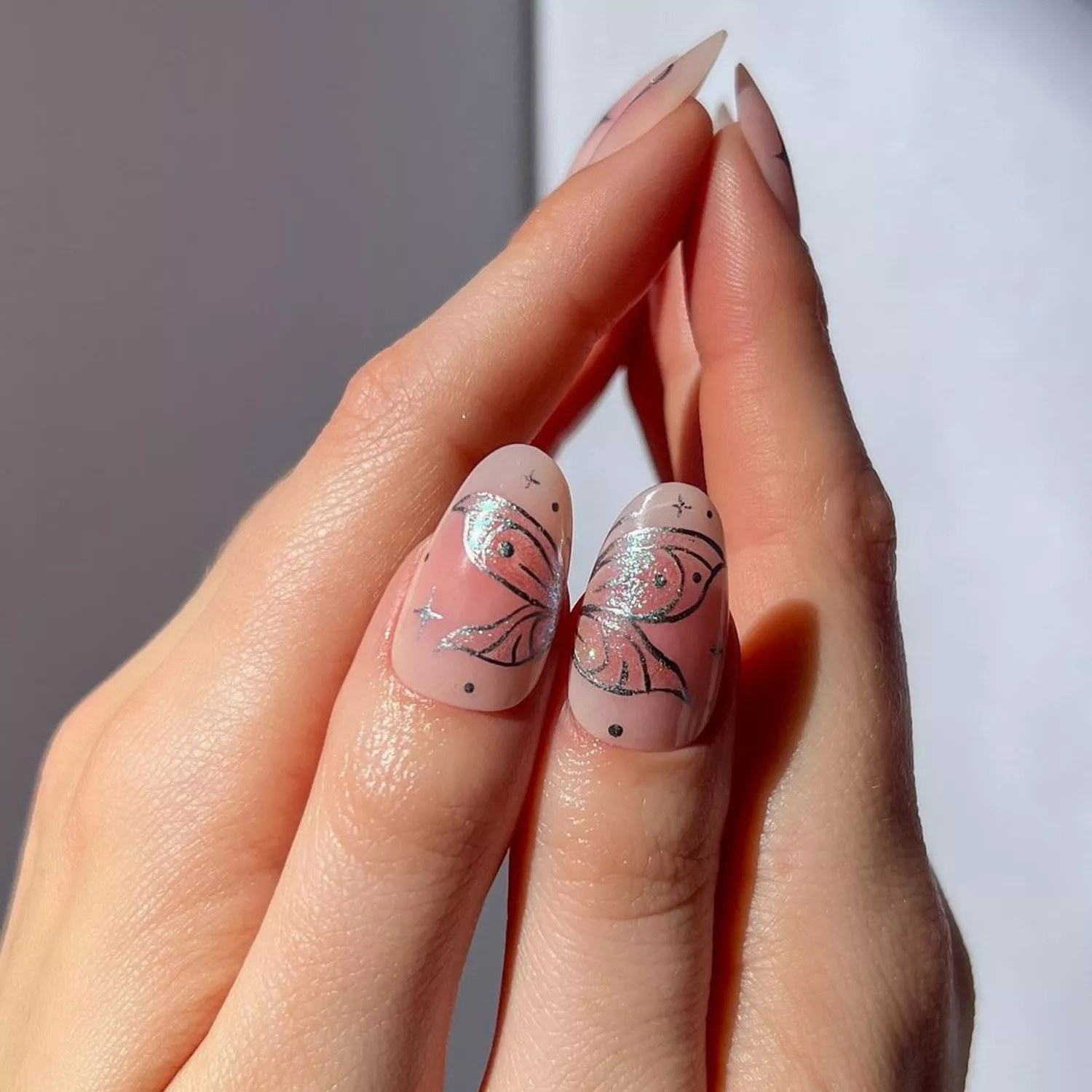How to do waxing at home: characteristics and procedures and step-by-step instructions

Unwanted hair on a woman's body often causes discomfort. Modern women strive to get rid of excess hair by any possible means. One of the effective methods of removing unwanted hair is wax depilation. In this article we will tell you about the characteristics of this procedure and how it can be carried out at home.
What is wax depilation?
Wax depilation is a method of hair removal that uses special wax. This method is popular for its effectiveness and long-lasting results. The wax is applied to the skin and then removed along with the hairs, leaving your skin smooth for weeks.
Advantages
- Long-lasting results. After waxing, the skin remains smooth for 2-3 weeks, which is much longer than after shaving. This is due to the fact that the hair is removed together with the root.
- Decrease in hair density. With regular waxing, hair becomes thinner and sparser, which makes subsequent treatments easier and less painful.
- Removal of dead skin cells. During the procedure wax removes not only hair but also dead skin cells, which promotes its renewal and gives it a healthier look.
-Universality. Waxing is suitable for all skin types and can be used on various areas of the body including the face, legs, arms, underarms and bikini area.
- Cost-effective. Although waxing in a salon may be more expensive than other methods, it can be considered cost-effective in the long run due to the long-lasting effects.
- Convenience and speed. Modern waxing kits allow you to perform the procedure at home quickly and efficiently, saving you the time it takes to visit a salon.
Disadvantages
- Pain. The procedure can be quite painful, especially in sensitive areas of the body. The pain can be intense, especially for those who are waxing for the first time.
- Skin irritation. After waxing, the skin may become red and irritated, which goes away in 3-4 days.
- Ingrown hairs. Waxing can lead to ingrown hairs.
- Allergic reactions. Some people may have allergic reactions to the components of the wax. This can manifest itself in the form of rashes, itching and redness.
- Short-lived effect. Although waxing removes hair from the root, the effect does not last as long as after laser hair removal. Hair starts to grow back after a few weeks.
Contraindications
- Skin damage. Wax should not be applied to skin with wounds, cuts, burns or rashes.
- Skin diseases. Eczema, dermatitis, psoriasis and other skin diseases are contraindications.
- Varicose veins. Areas with varicose veins should not be waxed, as this can worsen the condition of the veins.
- Tendency to allergies. People with hypersensitive skin and allergies to wax components should avoid this procedure.
- Pregnancy or breastfeeding. During pregnancy, the skin can become more sensitive, so waxing can be painful and cause irritation.
- Diabetes mellitus. People with diabetes have skin that is more susceptible to damage and infection.
- Cancer diseases. Any cancer and especially chemotherapy or radiotherapy are strict contraindications.
- Taking certain medications. Use of retinoids, hormonal medications and some antibiotics can make the skin more sensitive.
- Sunburns. Waxing is not recommended on sunburned or tanned skin.
Preparing for depilation
To effectively remove hair from the root, it is necessary to properly prepare for depilation. It is recommended to grow hairs up to 5 mm - this is the optimal length at which the procedure will be most effective and least painful.
A few days before depilation, use a mild scrub for the skin. This will help to avoid the formation of ingrown hairs. A day before the procedure, avoid visiting baths and direct sunlight to minimise the risk of skin irritation. Be sure to consult your doctor to rule out possible allergic reactions to wax.
It is best to have depilation after menstruation, when the pain threshold is the highest, which will make the procedure more comfortable.
What you need for depilation
To carry out the procedure you need to have:
- Depilation wax;
- Wax melter;
- Depilation strips;
- Talc or baby powder;
- Spatula for applying the mixture to the skin;
- Oil or cream to relieve irritation after hair removal.
How to do waxing at home
It is recommended to perform this procedure in the evening so that the skin can recover overnight. If you are performing this procedure for the first time, try waxing a small area of skin first to test the reaction.
1. Cleanse your skin. Take a shower or bath to remove dirt and excess oil from your skin. This will ensure that the wax adheres better to the hair.
2. Warm up the wax. Follow the instructions on the packaging. The wax should become thick, but not too liquid.
3. Apply the wax. Using a spatula, spread the wax evenly over the skin in the direction of hair growth. The layer of wax should be thin and even.
4. Apply a paper strip. Press the strip firmly against the wax, leaving a small edge to grip.
5. Remove the strip with a sharp movement. After 10-15, keeping the skin taut, quickly tear off the strip against the hair growth.
6. Repeat if necessary. If a few hairs remain, the procedure can be repeated, but not more than twice in the same area to avoid irritation.
7. Remove any residual wax. Use special wipes or oil to remove wax residue from the skin.
8. Moisturise the skin. Apply a moisturising cream or lotion containing aloe vera or calendula to the skin to reduce irritation and redness.
Do not use a sunbed, sauna or swimming pool for 24 hours after waxing.
Waxing is an effective and long-lasting method that provides smooth and healthy skin, making it more attractive and well-groomed.
---> Everything for depilation - buy at the best prices
Published: 13.06.2024 12:42
Times Read: 972
6318 bought
ID: 3678
13,92 BYN
3157 bought
ID: 3688
27,95 BYN
1836 bought
ID: 3650
9,28 BYN
567 bought
ID: 5263
3,87 BYN



